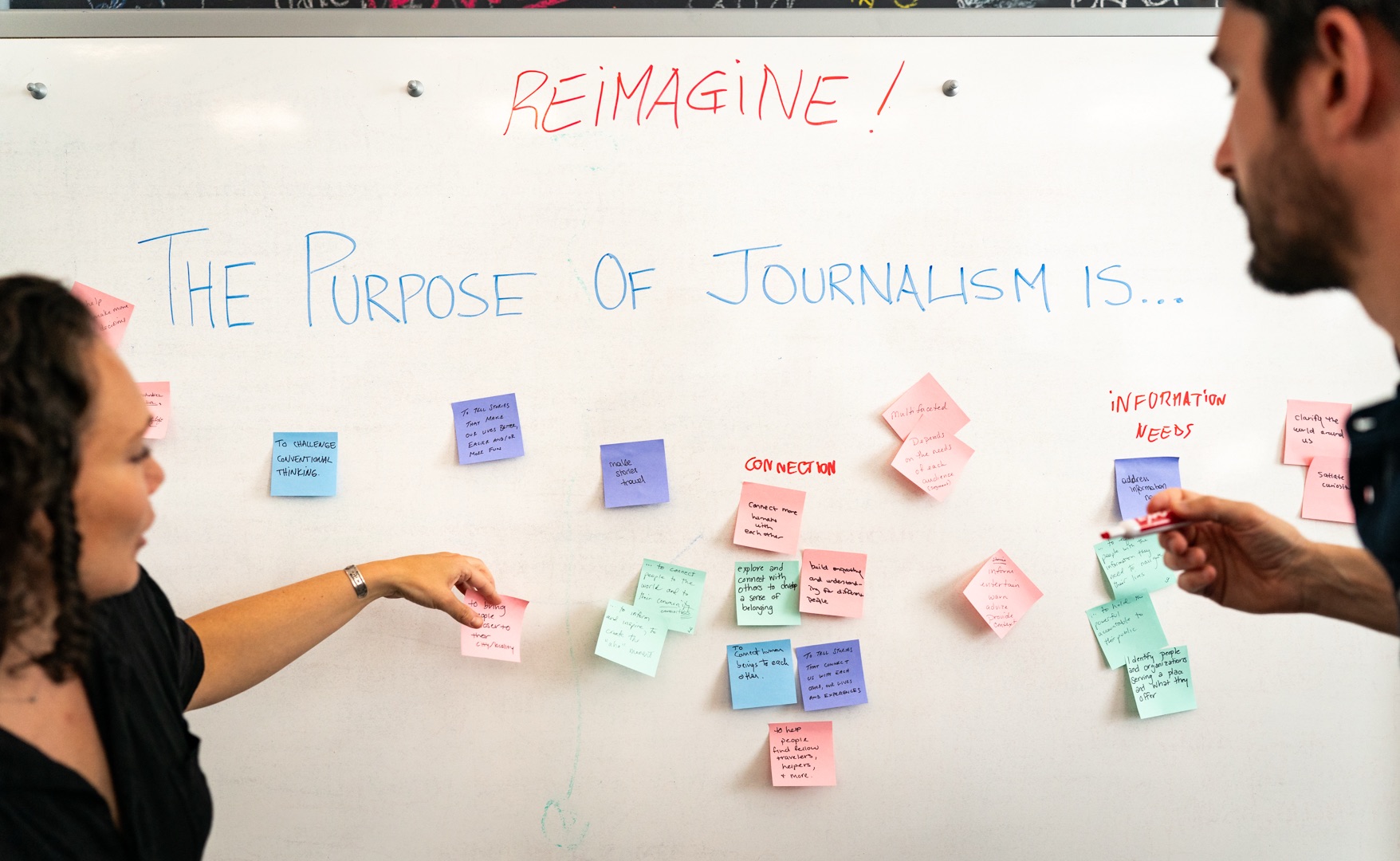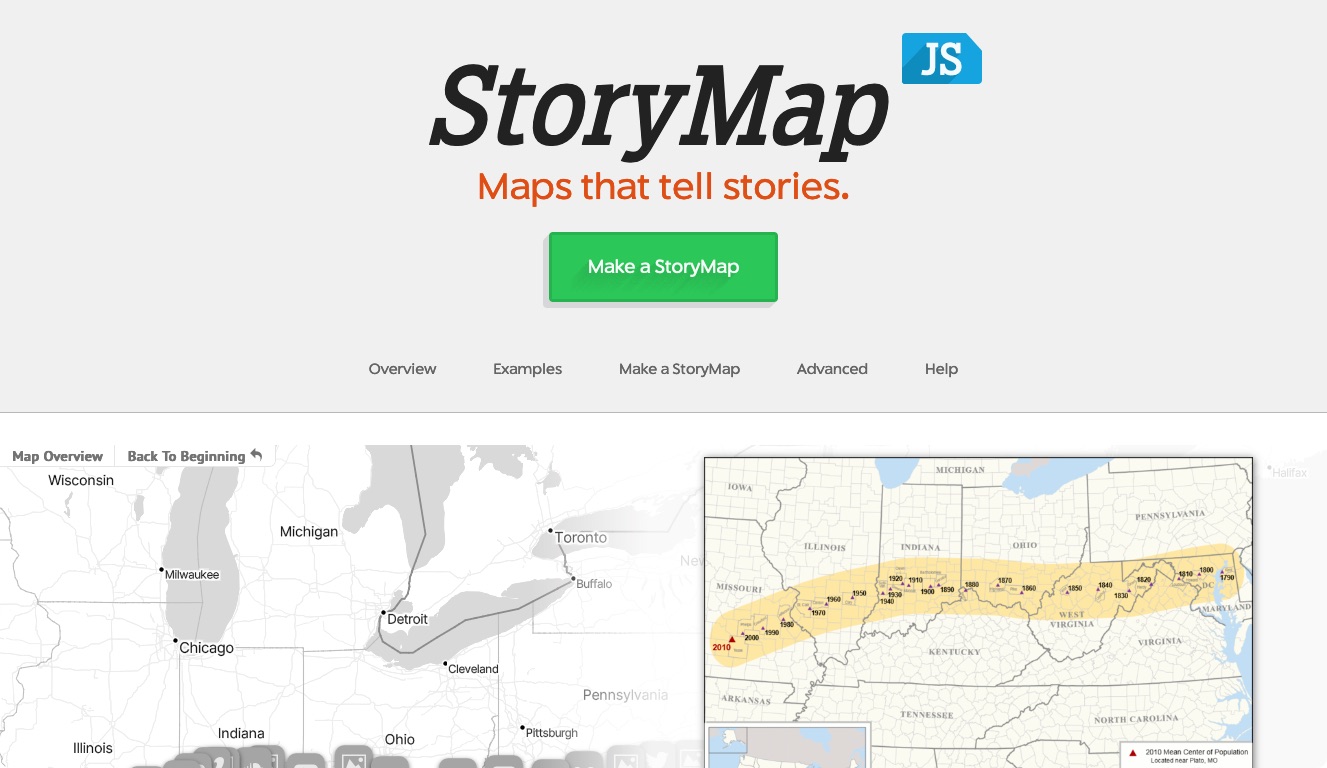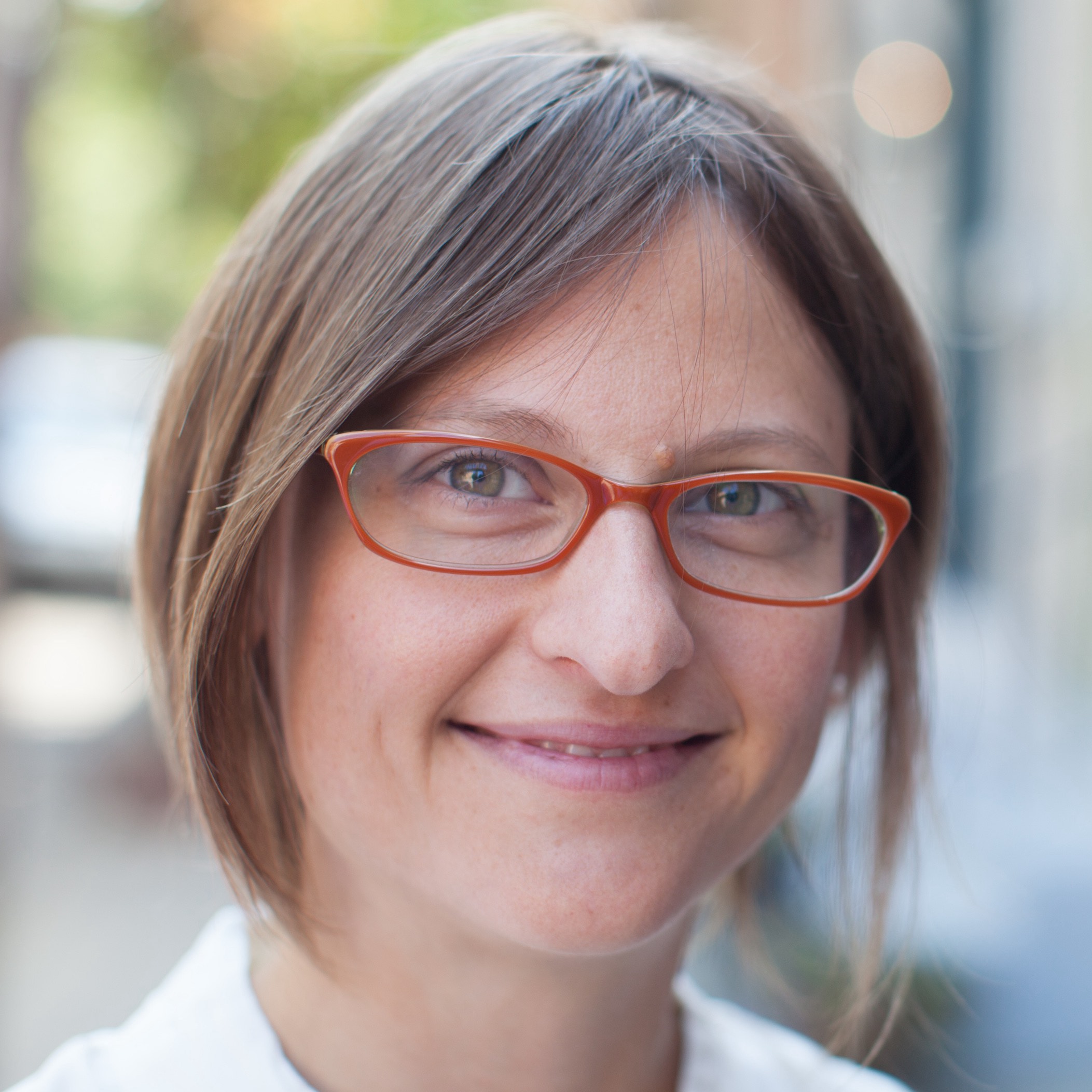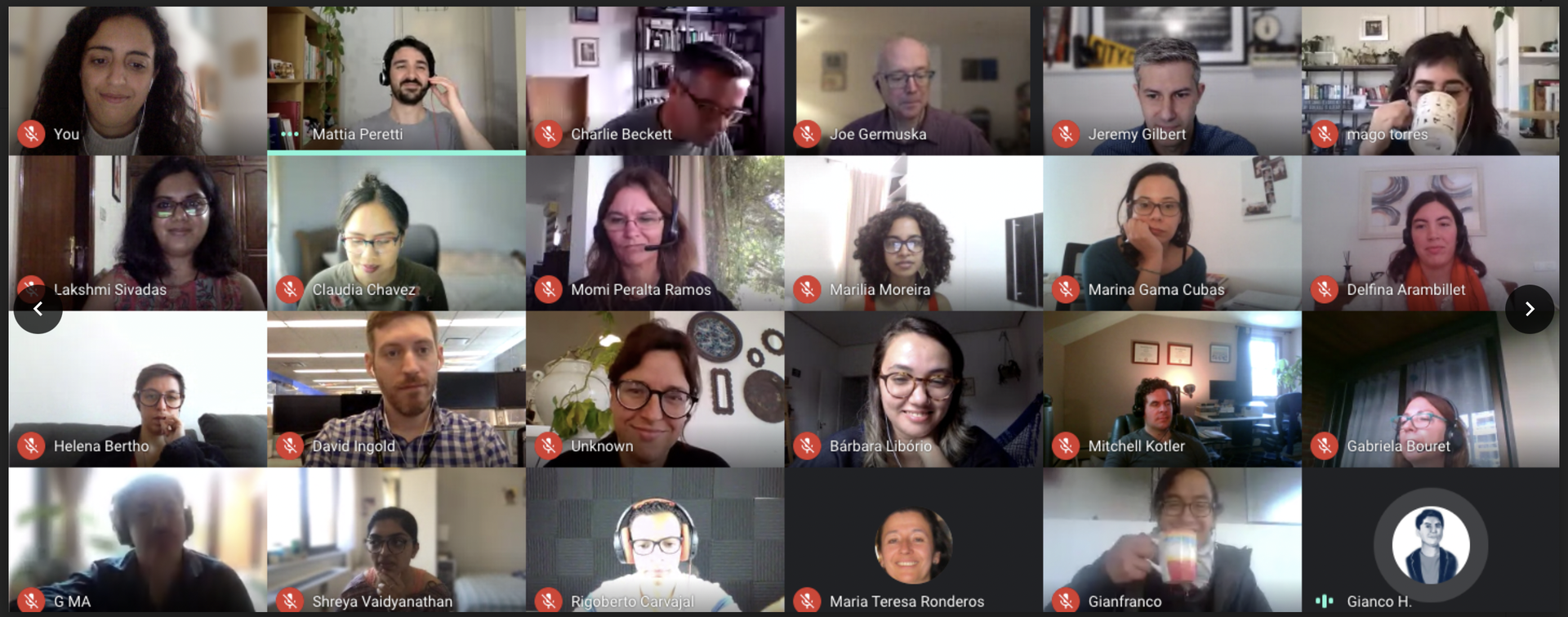
For years, he’d been using interesting pictures to craft photographic series for friends and family.
“I seemed to have a knack for seeing these jumbled photographs and putting them in an order that felt right,” Taylor says. “It may not be chronological, but it is close enough to feel like the right kind of thing.”
His job at Boston.com gave Taylor access to thousands of incredible photographs that were essentially unused and forgotten. Inspired to tell these untold stories and with his amateur photo editing background, The Big Picture was born and would eventually become the most popular blog on the site.
The success of both In Focus and The Big Picture before it depends on Taylor’s eye for storytelling and his technological prowess. At the Boston Globe it allowed him to see and know what was possible with that vast reservoir of unused photos and allowed him to design pages for visual impact and narrative.
Though not designing much stylistic code for InFocus anymore, Taylor does take advantage of programming to streamline his journalistic process. The scripts he writes now facilitate the browsing, downloading, and organization of content to improve the stories he is trying to tell. The code serves to support what Taylor sees as the most important elements.
“Usually what’s important to me is narrative and flow and impact,” says Taylor. “The photos have to be evocative of something, even if it’s just a simple, ‘I can identify with that.’”
Creating this flow requires an awareness of color and composition when developing a photographic sequence. Too much repetition derails the momentum and bores the audience. But there must also be a common thread linking the pictures together, he says.
The biggest asset of being a programmer in the world of journalism is the inherent technological knowledge, and understanding what is possible in technological storytelling. What Taylor has seen from working with journalists is ignorance of the boundaries of a story when telling it through scripts and code.
“They either think that we can do something super ambitious and they have no idea how difficult it is,” he says. “Or they don’t know what is possible, so they might ‘underask.’”
The end result may be product that cannot live up to the content.
The key, Taylor says, to creating a perfect marriage between the two seemingly disparate realms of technology and journalism is “letting journalists know what is actually possible and letting them know how to set their expectations.”
Re-programming how the typical journalist processes and executes content is where people like Taylor step in, experimenting with small visualization projects that speak volumes.
Programmers, Taylor says, cannot sit on their laurels and wait for the projects to come to them. To be an asset to journalists they must constantly be practicing with small projects, projects they are creating “just because.”
On his personal website Taylor created a visual representation of the size and weight of trillions and trillions pennies. Why? Well, why not? It is more about the execution than the idea.
“Experiment and try and do. Ideas are a dime a dozen. Execution on the ideas are what really make the difference,” Taylor affirms.
The trajectory of his career has certainly caught Taylor by surprise. But he continues to be fueled by the conviction that storytelling is not only reserved for the writers—the technologically-oriented can also find a place.
“Everybody is a natural storyteller,” he asserts. “All human beings are.”
Facilitating this positive narrative environment requires cooperation between journalists and programmers, and making it a two-way conversation. No longer is it a separation of spheres where the journalist tackles the story and the programmer tackles the code. According to Taylor, to create a successful journalistic project should be based on one question.
“What is your input?”
About the author





